Birds are some of nature’s most accomplished travelers, with many species undertaking epic migrations spanning thousands of miles each year. From the Arctic Tern’s pole-to-pole odyssey to the Golden Plover’s non-stop flight across the Pacific, these feathered voyagers have evolved remarkable navigation systems and physical adaptations to complete their journeys. However, in our rapidly changing world, birds face an increasing array of challenges that can disrupt, delay, or completely derail their travels. Some of these obstacles are obvious—like habitat loss or extreme weather—but others are surprisingly subtle yet equally impactful. Understanding these unexpected disruptions not only helps us appreciate the remarkable resilience of migratory birds but also highlights how human activities affect these ancient aerial highways in ways we might never have imagined.
Light Pollution: The Invisible Barrier

Unlike humans who rely primarily on visual landmarks, many birds navigate partially by celestial cues, using stars and the moon to orient themselves during nighttime migrations. Artificial light from cities, highways, and buildings creates what scientists call “light pollution,” which can severely disorient migrating birds. When birds fly through illuminated areas, they can become trapped in beams of light, circling buildings or communication towers for hours, depleting their crucial energy reserves. Studies have shown that birds can be drawn off course by as much as 40 miles due to light attraction, with tragic consequences—an estimated 100 million to 1 billion birds die annually in North America alone from collisions with illuminated structures. Some urban centers have recognized this problem and implemented “lights out” programs during peak migration seasons, demonstrating how a simple action like turning off unnecessary lighting can make aerial pathways safer for our feathered travelers.
Noise Pollution: Drowning Out Crucial Signals

The constant hum of urban areas, highways, and industrial sites creates a form of pollution we can’t see but birds certainly experience: noise pollution. Many species communicate through complex vocalizations not just for mating but also for navigation and group cohesion during migration. Research has revealed that birds exposed to chronic noise pollution exhibit higher stress hormones and altered migration timing. In particularly noisy environments, birds may delay departure, choose suboptimal routes to avoid noise corridors, or fail to hear predator warnings, increasing their vulnerability during already challenging journeys. Some species have even been documented altering the pitch or timing of their calls to overcome urban noise—a remarkable adaptation, but one that requires additional energy expenditure during the most physically demanding period of their annual cycle. The impact of noise pollution represents a hidden cost of human development that most people never consider when thinking about wildlife conservation.
Cell Tower and Radio Frequency Interference
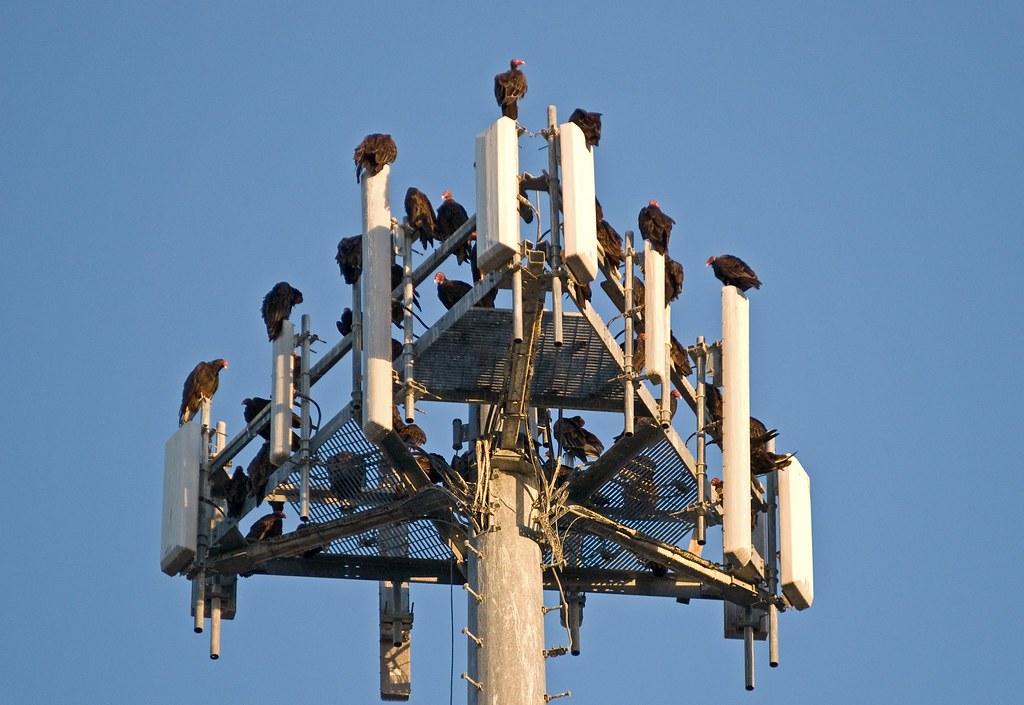
The digital connectivity we depend on comes with consequences for migrating birds that scientists are only beginning to understand. Birds possess a remarkable ability to detect Earth’s magnetic field—a built-in compass that helps guide their journeys—but mounting evidence suggests that electromagnetic radiation from cell towers, radar installations, and radio transmitters may interfere with this natural navigation system. Laboratory studies have demonstrated that even low-level radio frequency fields can disrupt the magnetic orientation abilities in several bird species, including European robins and zebra finches. The proliferation of communication infrastructure along migration corridors creates invisible electromagnetic “noise” that may force birds to rely more heavily on visual cues, making them vulnerable during cloudy conditions or over featureless terrain like oceans. As 5G networks expand globally with denser arrays of transmitters, researchers worry that birds may face increasingly challenging electromagnetic landscapes that could subtly but significantly affect migration success rates across numerous species.
Shifting Food Sources Due to Climate Change
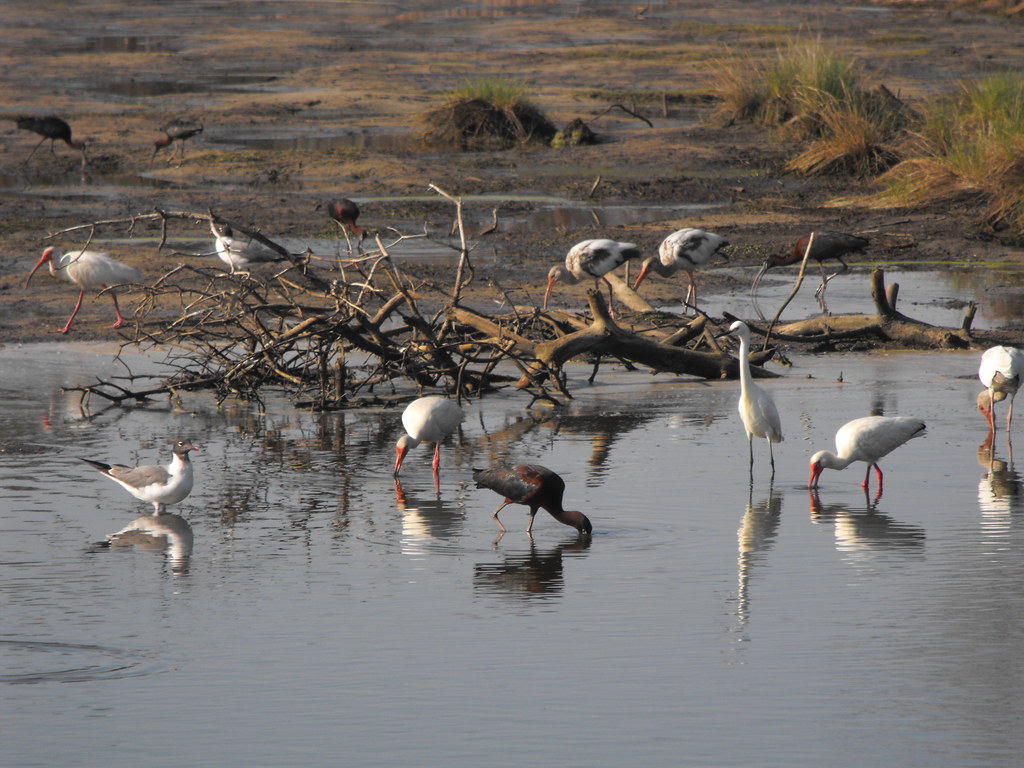
Birds time their migrations with remarkable precision to coincide with peak food availability along their routes and at their destinations, a synchronization perfected over thousands of years of evolution. Climate change is now disrupting this delicate timing by altering when plants flower, insects emerge, and fruits ripen—creating what ecologists call “phenological mismatches.” For instance, studies of the European pied flycatcher show that these birds now arrive after their preferred caterpillar food source has peaked, reducing breeding success by up to 90 percent in some populations. Similarly, shorebirds migrating through Delaware Bay rely on horseshoe crab eggs, but warming waters have shifted crab spawning times, leaving hungry birds without sufficient energy to complete their journeys to Arctic breeding grounds. These mismatches ripple through ecosystems, as birds that cannot adapt quickly enough face declining populations, while more flexible species may gain advantages, ultimately reshaping bird communities across continents. The challenge for birds is not just adapting to new climate conditions but doing so at an unprecedented rate that outpaces evolutionary processes.
Microplastic Contamination in Stopover Sites
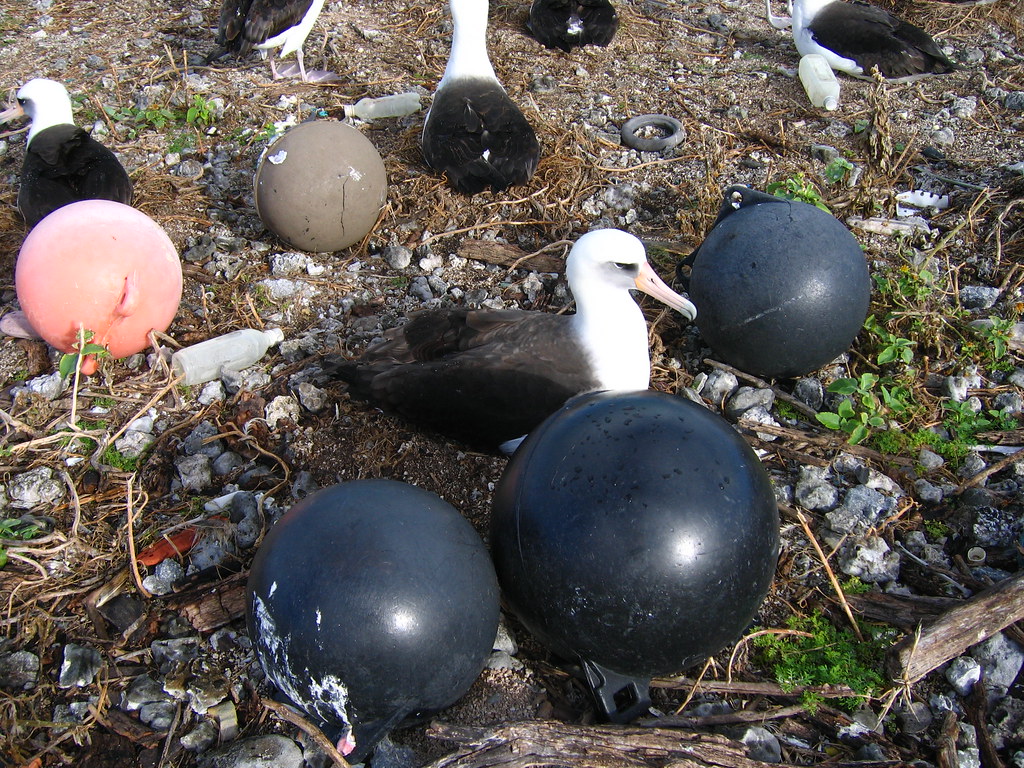
The global plastic pollution crisis extends far beyond visible litter, affecting even remote wetlands and waterways that serve as critical refueling stations for migrating birds. Microplastics—tiny fragments less than 5mm in size—have infiltrated freshwater and marine ecosystems worldwide, contaminating the food sources birds depend on during migration. When birds consume fish, invertebrates, or filter water containing microplastics, these particles can accumulate in their digestive systems, causing inflammation, reduced nutrient absorption, and exposure to harmful chemicals that leach from the plastic. Research on seabirds has documented alarming plastic loads, but scientists are increasingly concerned about similar impacts on migratory shorebirds, waterfowl, and songbirds that feed in contaminated habitats. At stopover sites where birds need to rapidly build fat reserves, microplastic ingestion may compromise their ability to gain sufficient weight for the next leg of their journey, effectively turning what should be safe havens into subtle hazards that weaken birds precisely when they need optimal health.
Window Collisions: The Transparent Killer
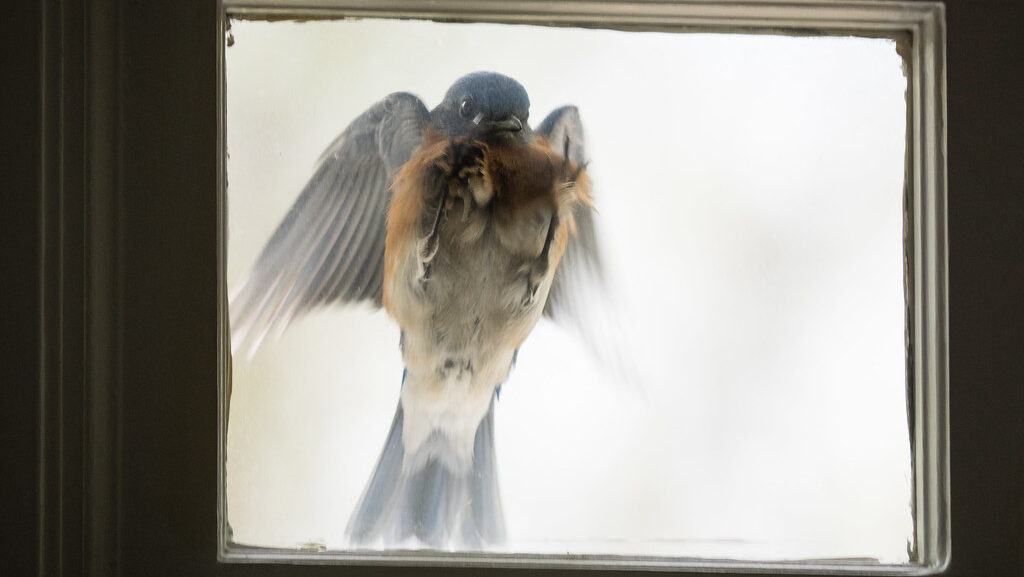
Perhaps the most tragically ironic disruption to bird migration comes from a material humans prize for its very invisibility: glass. Modern architecture’s emphasis on vast windows and transparent building features has created deadly obstacles along migration routes, particularly in urban areas. Birds perceive reflections of trees and sky as actual habitat or see clear glass as open flyways, resulting in fatal collisions at full flight speed. The toll is staggering—researchers estimate between 365 million and 988 million birds die from window strikes annually in the United States alone, with migratory species being particularly vulnerable as they navigate unfamiliar territories. The problem intensifies during migration seasons when birds fly in greater numbers, often at night, and descend into urban areas at dawn seeking rest and food in unfamiliar environments. Even small residential windows contribute to the problem, though high-rise buildings in major cities along migration flyways create the most lethal gauntlets for traveling birds. Solutions like bird-friendly glass designs, window treatments, and “lights out” programs during peak migration times can dramatically reduce these unnecessary casualties.
Wind Farms: Renewable Energy with Unintended Consequences
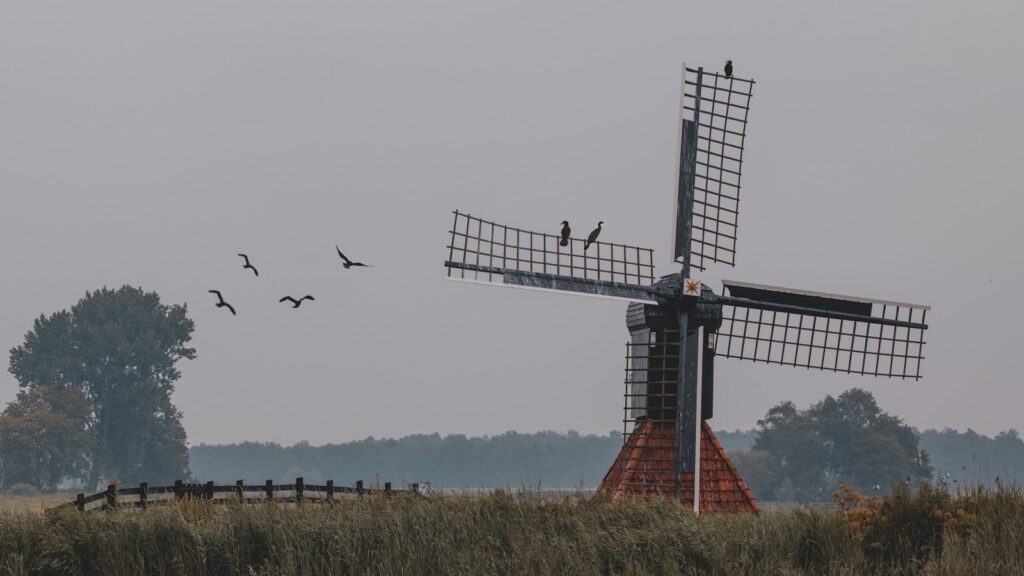
While wind energy represents a crucial component in fighting climate change, poorly sited wind farms can create significant hazards for migrating birds. Beyond the direct mortality from turbine blade strikes, which affects between 140,000 and 500,000 birds annually in the United States, wind farms can cause more subtle disruptions to migration patterns. Large installations may force birds to expend precious energy flying around what they perceive as dangerous areas, effectively creating artificial barriers along traditional migration routes. Studies using radar tracking have shown that some species alter their flight paths by several kilometers to avoid wind farms, particularly during poor visibility conditions. The siting of wind facilities becomes especially problematic when they’re placed along migration bottlenecks—geographic features like mountain passes, coastlines, or peninsulas where birds naturally concentrate during migration. Forward-thinking wind energy developers are now working with ornithologists to identify high-risk areas, implement seasonal shutdowns during peak migration periods, and design turbines with features that make them more detectable to birds, demonstrating that renewable energy and bird conservation can coexist with proper planning.
Invasive Species Altering Stopover Habitats

Migratory birds depend on specific habitats along their routes to rest and refuel—wetlands, forests, and grasslands that provide critical resources during their journeys. Invasive species can dramatically transform these habitats, often reducing their value to migrating birds in unexpected ways. For instance, the spread of European buckthorn in North American woodlands creates dense understory that offers fewer insects and native fruits that migrants need for rapid energy replenishment. Invasive zebra mussels have altered Great Lakes ecosystems by filtering water and removing plankton, affecting fish populations that diving birds depend on during migration. Perhaps most insidiously, invasive plants often outcompete native vegetation that has co-evolved with migratory birds to provide fruits that ripen precisely when birds arrive. These altered habitats may still appear “green” and healthy to human observers but function as ecological traps—attractive areas that fail to provide the specific nutritional resources birds need to successfully continue their journeys. The cascading effects of biological invasions represent a complex threat to migration that operates through subtle changes in habitat quality rather than obvious destruction.
Agricultural Pesticides and Declining Insect Populations
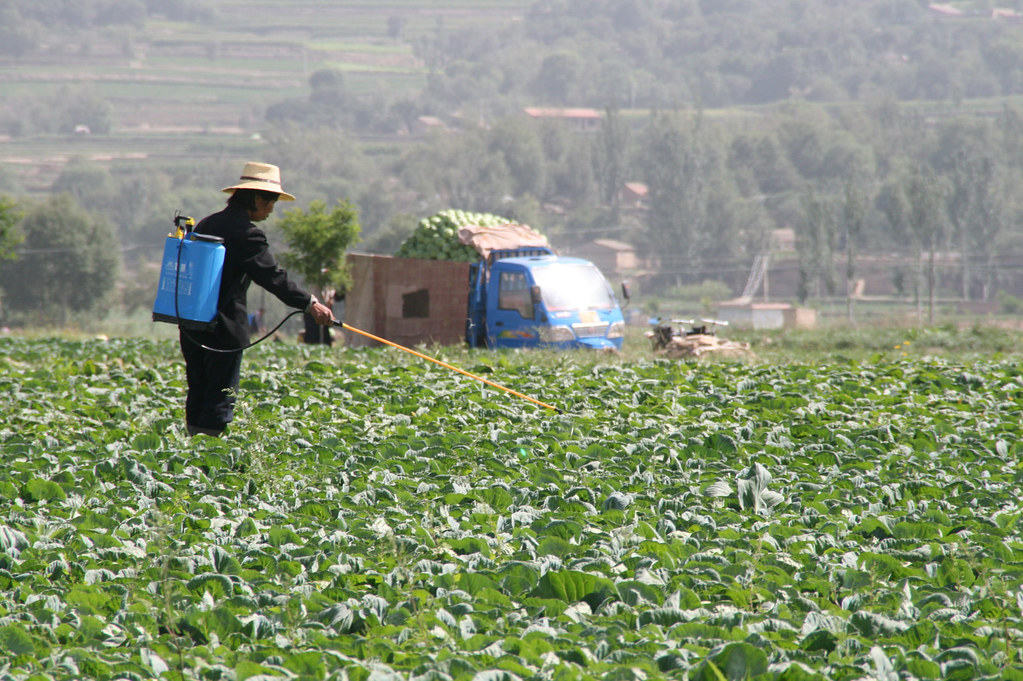
For insectivorous migratory birds, the global decline in insect populations represents a crisis of unprecedented proportions. Modern agricultural practices, particularly the widespread use of neonicotinoid pesticides and other agrochemicals, have decimated insect communities across landscapes that migratory birds have relied upon for millennia. Species like swallows, swifts, and flycatchers depend on abundant flying insects to rapidly replenish energy reserves during migration stops, but research shows insect biomass has declined by up to 75% in some regions over recent decades. Beyond reducing food availability, sub-lethal pesticide exposure can directly impact birds’ migratory capabilities—studies have demonstrated that even low doses of certain pesticides can disrupt orientation abilities, reduce fat accumulation, and delay departure timing in migratory songbirds. The intensification of agriculture along migration corridors has effectively created vast “food deserts” where birds struggle to find sufficient nutrition, forcing longer flights between suitable foraging areas and increasing the physiological stress of migration. Conservation initiatives promoting insect-friendly farming practices, including reduced pesticide use and increased habitat diversity within agricultural landscapes, offer hope for reversing these troubling trends.
Extreme Weather Events Due to Climate Change
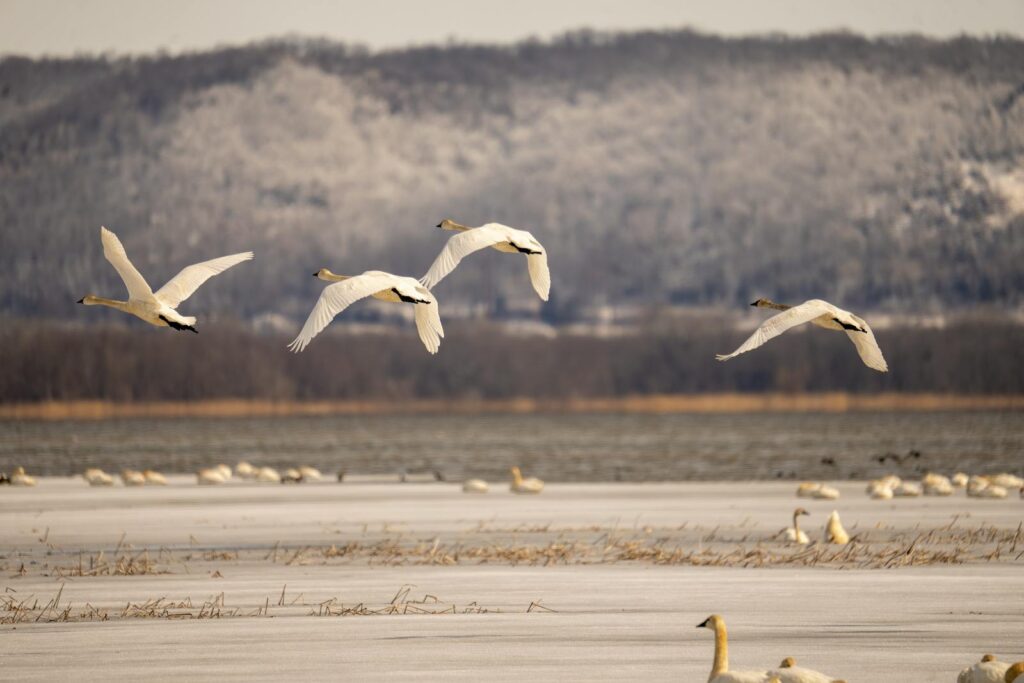
While birds have always contended with challenging weather during migrations, climate change is increasing both the frequency and intensity of extreme weather events that can have catastrophic impacts on traveling birds. Unseasonable storms, prolonged droughts, intense heat waves, and powerful hurricanes can directly kill migrating birds or force dangerous detours that deplete energy reserves. In 2020, a particularly stark example occurred when an early cold front in the western United States caused the mass mortality of thousands of migratory songbirds, many of which were found severely underweight, suggesting they had been forced to fly through areas with insufficient food resources due to drought conditions. Hurricane intensification in the Atlantic has created increasingly hazardous conditions for birds crossing the Gulf of Mexico, with radar studies showing birds being pulled into storm systems and unable to escape. The unpredictability of these weather extremes poses a significant challenge for migratory species that have evolved with more stable and predictable seasonal patterns, testing the limits of their adaptive capacity. As climate scientists project continued increases in weather variability, migratory birds face a future where traditional routes may become increasingly perilous obstacle courses.
Border Walls and Physical Barriers

Political boundaries mean little to birds, but the physical infrastructure created to mark and enforce these human divisions can significantly impact migration patterns. Border walls and similar barriers, particularly those spanning significant distances along migration corridors, create obvious physical obstacles for ground-dwelling birds like the endangered Sonoran pronghorn and ferruginous pygmy owl, which typically fly close to the ground. Less obvious are the ecological effects of these structures, which fragment habitats, block access to water sources, and create edge effects that alter vegetation and predator-prey dynamics in ways that affect migratory birds’ ability to find safe resting areas. Construction activities associated with barrier building generate noise and disturbance that can displace birds from traditional stopover sites, forcing them to find alternative routes or rest in less suitable habitats. The artificial lighting often installed along these barriers compounds the problem by creating light pollution that can disorient night-migrating species. Conservation efforts increasingly recognize the need for international cooperation that acknowledges the borderless nature of bird migration, with proposals for designated wildlife crossings and modified barrier designs that minimize ecological disruption while addressing human security concerns.
Tourism Disturbance at Critical Stopover Sites
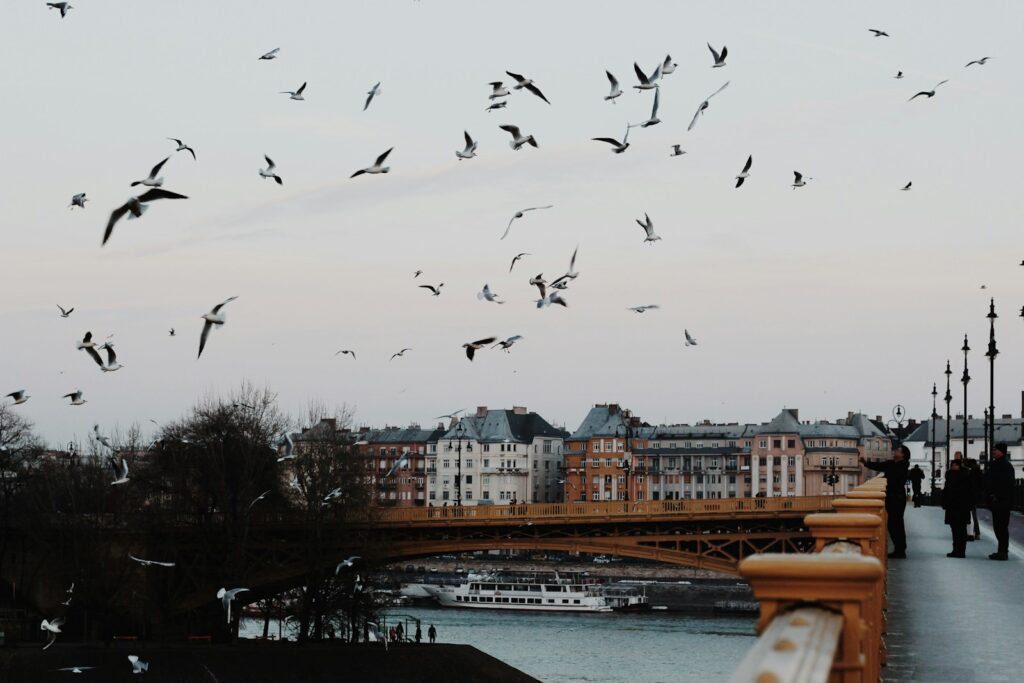
The growing popularity of birdwatching and nature tourism brings both opportunities and challenges for migratory bird conservation. While increased public appreciation for birds can boost conservation support, poorly managed tourism at critical stopover sites can create significant disturbances that compromise the value of these habitats for migrating birds. Studies have documented how human presence, even from well-meaning birdwatchers, can prevent birds from accessing prime feeding areas, cause frequent flight responses that waste precious energy, and create stress that reduces feeding efficiency during critical refueling periods. Popular birding destinations like Delaware Bay, where thousands of visitors come to witness shorebird migration, have implemented visitor management strategies after research showed that unregulated tourism was preventing birds from feeding adequately during tight migration schedules. The problem becomes particularly acute at sites where geographic bottlenecks concentrate both birds and human visitors in limited areas, creating competition for space. Sustainable tourism practices, including established viewing platforms, temporal restrictions during peak migration periods, and educational programs that explain the importance of minimizing disturbance, demonstrate how human enjoyment of migration spectacles can be balanced with the biological needs of the birds themselves.
Conclusion
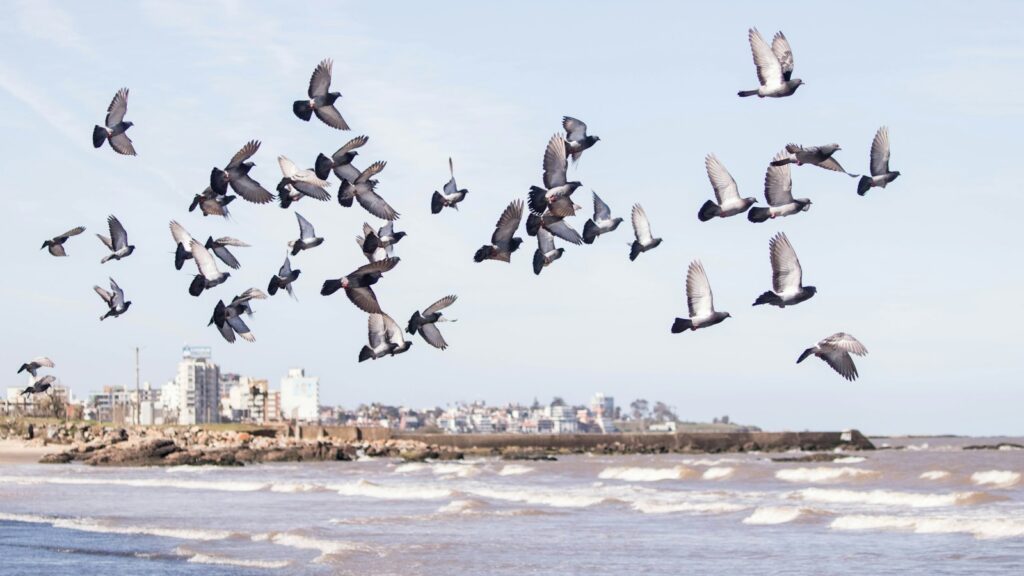
The journey of migratory birds represents one of nature’s most extraordinary phenomena, a testament to the remarkable adaptability and resilience of these feathered travelers. Yet as we’ve explored, these journeys face disruptions from unexpected sources that extend far beyond the obvious threats of habitat destruction and hunting. From the subtle interference of electromagnetic fields to the invisible barrier of light pollution, from the silent crisis of insect decline to the physical obstacles of human infrastructure, birds navigate an increasingly complex gauntlet of challenges. Understanding these less apparent threats is crucial not only for effective conservation but also for recognizing how deeply interconnected our modern human systems are with the ancient pathways of bird migration. By addressing these unexpected disruptions through thoughtful policy, innovative technology, and individual actions, we can help preserve the aerial highways that have connected distant ecosystems for millions of years—ensuring that future generations will still witness the miracle of migration that has inspired human wonder throughout our history.
